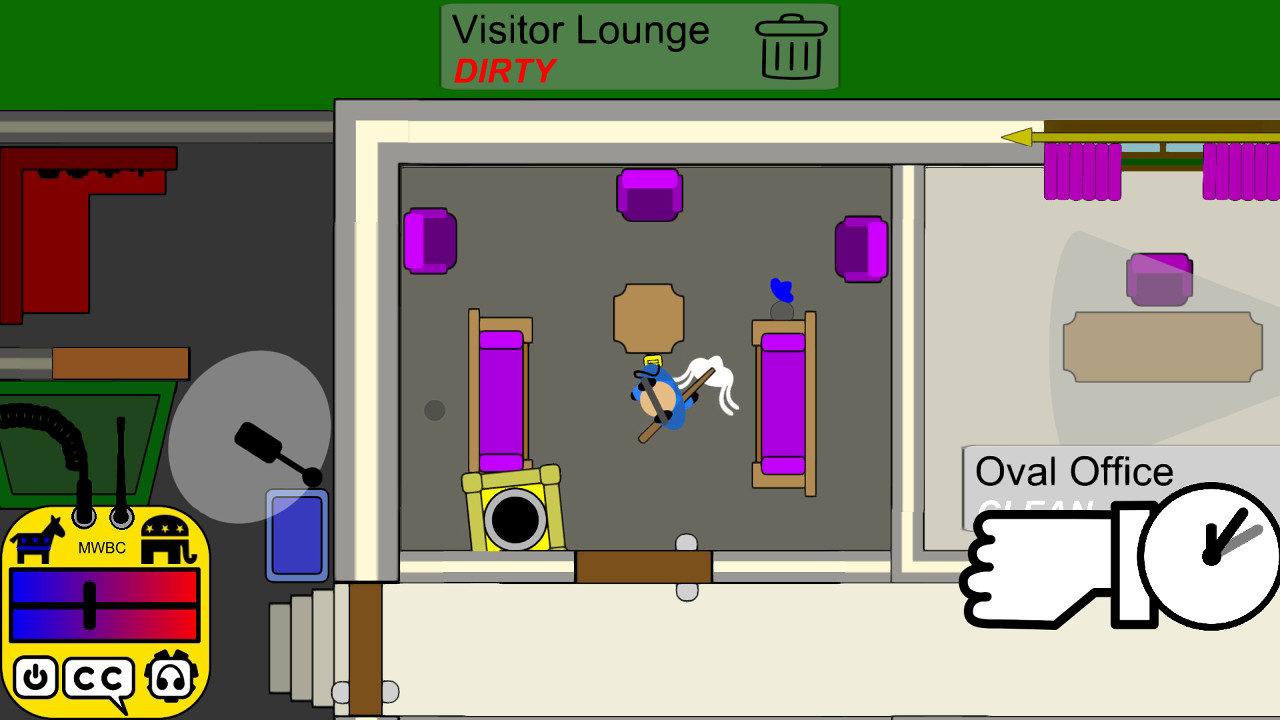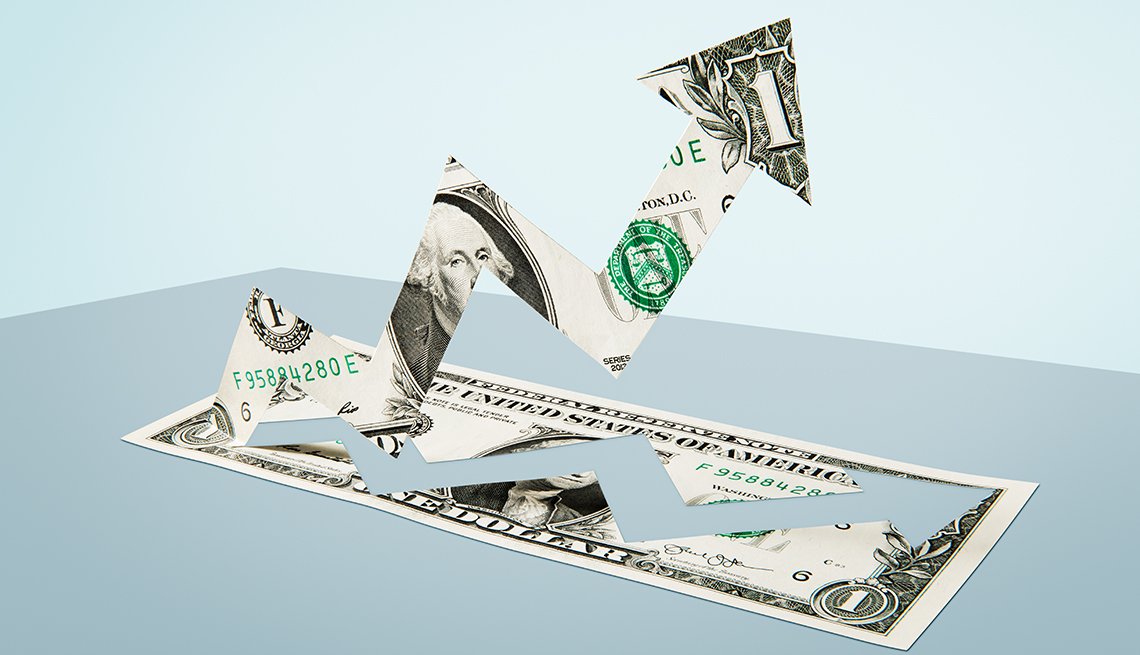On February 1, 2019, the last tranche of ₱11.00 under Wage Order No. RB-MIMAROPA-08 shall be added to the daily minimum of those employing less than ten (10) workers. Thus, the minimum wage rate shall be ₱294.00 per day, to wit.
Minimum Wage is a point and click stealth adventure game where your choices impact the story. Navigate the White House with your mouse to find and collect trash using your mop and bucket from a 2-D top down perspective. People in California have voted on Tuesday in the US presidential election, but have also voted as to whether ‘gig economy’ workers can retain their ‘contractor’ status.
- < Previous
- Next >
Home > Faculty Publications > Faculty Articles > 124
Recommended Citation
Steve P. Calandrillo and Taylor Halperin,Making the Minimum Wage Work: An Examination of the Economic Impact of the Minimum Wage, 22 Stan. J. L. Bus & Fin. 147 (2017),https://digitalcommons.law.uw.edu/faculty-articles/124
Authors
Article Title
Publication Title
Stanford Journal of Law, Business & Finance
Keywords
economic analysis, Fair Labor Standards Act, living wage

Document Type
Article
Abstract
With the passage of the Fair Labor Standards Act in 1938, Congress mandated a federal “living wage” in order to “maintain the minimum standard of living necessary for the health, efficiency, and general well-being of workers.” Advocates have long insisted that increases in the minimum wage result in a net gain to employees’ standard of living. Critics have countered that those gains come at the expense of higher prices and shrinking overall employment numbers, leaving a new class of potential workers out in the cold.
This Article synthesizes the empirical economic impact data from minimum wage increases over the past several decades and compares the results to the recent aggressive efforts being made at the local level in major cities like Seattle, Chicago, Los Angeles and San Francisco. Economic analysis reveals that while employment losses were relatively significant from raises in the minimum wage increases thirty years ago, those job losses were much smaller with subsequent wage hikes in the past two decades – i.e., the net gains to the working class have outweighed the costs.
This Article offers theories to explain why that is so: for one, employees are more productive due to technological advancements than they were decades ago, and second, the federal minimum has fallen further and further behind the average national wage (so that increases affect relatively few workers).

This Article analyzes whether the same net benefits to the working class are likely to accrue with the very recent push to a $15 minimum wage in cities like Seattle and San Francisco and major states like New York and California. The initial data paint a cautiously optimistic picture, indicating that job losses (and product-price increases) from these aggressive minimum wage laws have not been prohibitive, but that they exist and are certainly worth monitoring.
Finally, this Article proposes several normative policy mechanisms to facilitate a smoother transition to a newly revamped minimum wage nationwide.
Included in
Labor and Employment Law Commons, Law and Economics Commons
Minimum Wage: Influence The Election Mac Os Download
COinSTo view the content in your browser, please download Adobe Reader or, alternately,
you may Download the file to your hard drive.
Minimum Wage: Influence The Election Mac Os X
NOTE: The latest versions of Adobe Reader do not support viewing PDF files within Firefox on Mac OS and if you are using a modern (Intel) Mac, there is no official plugin for viewing PDF files within the browser window.